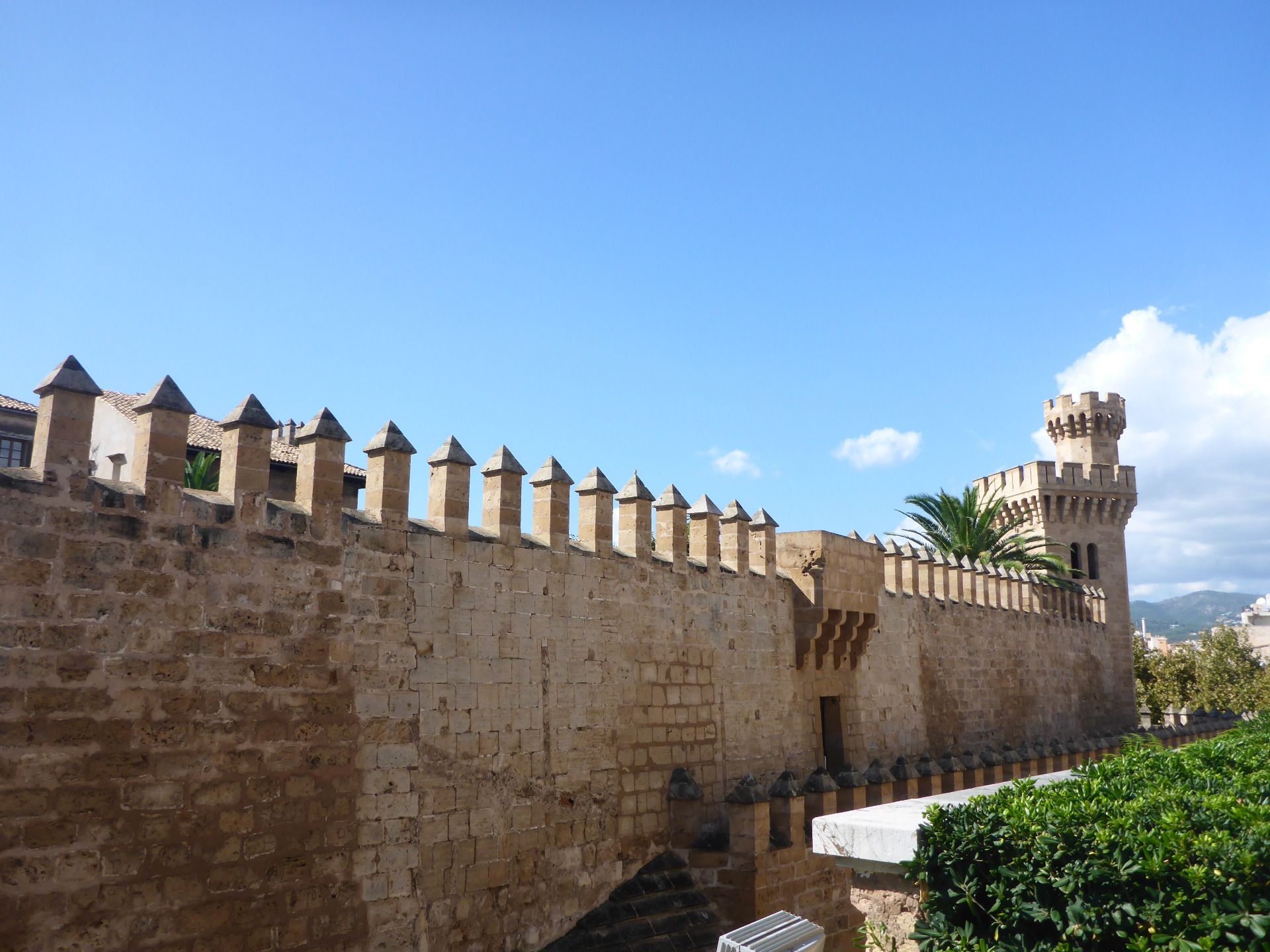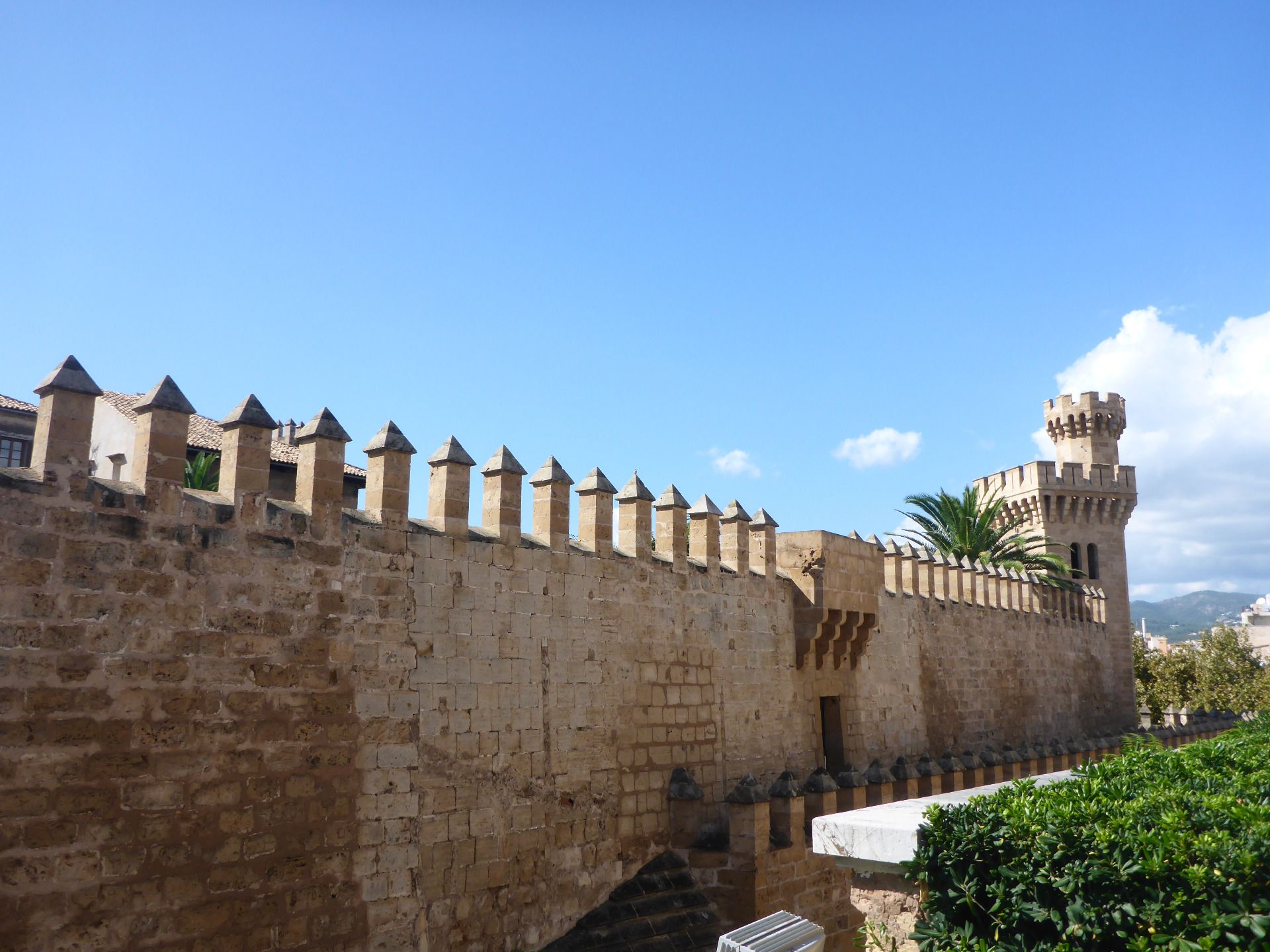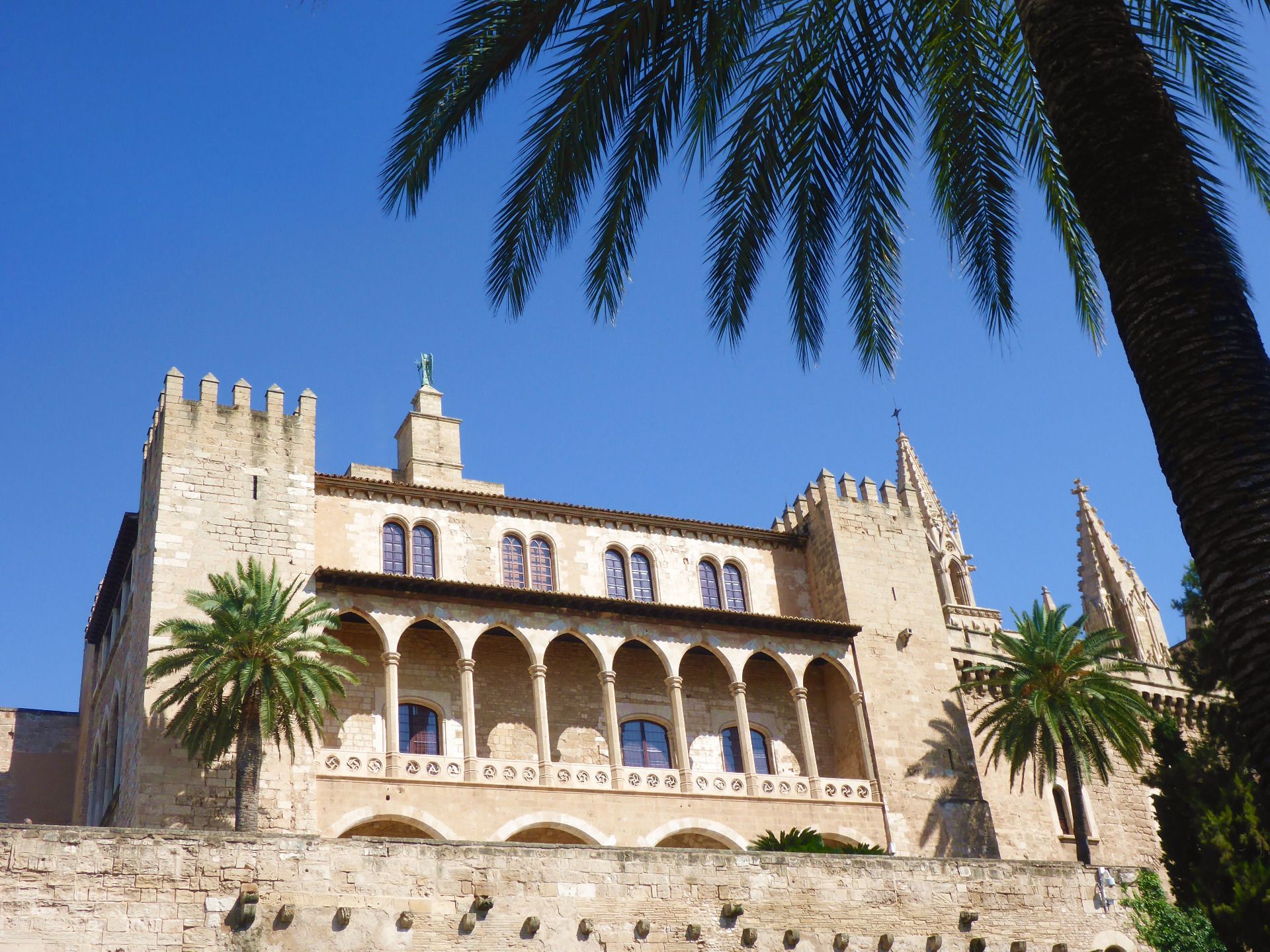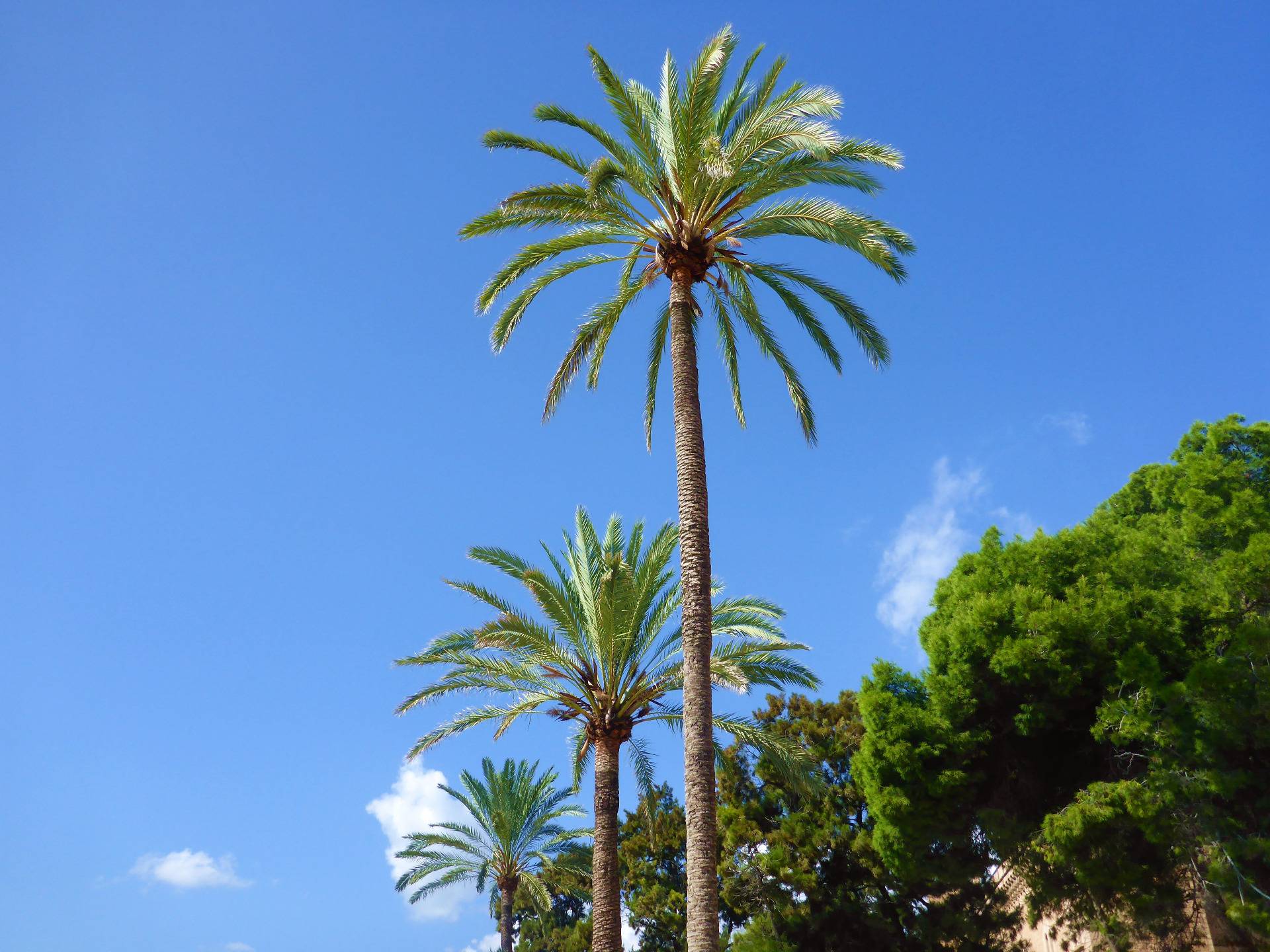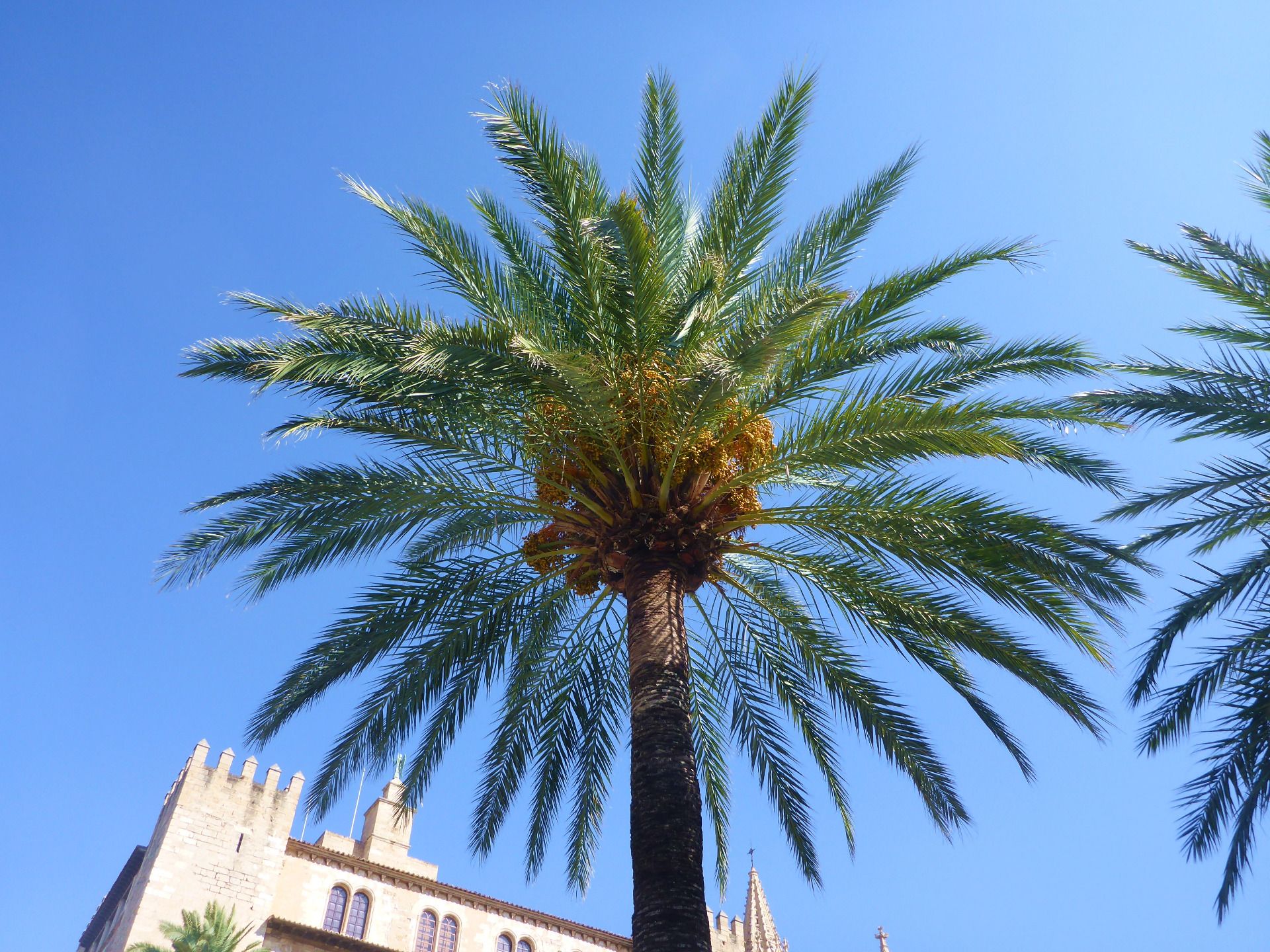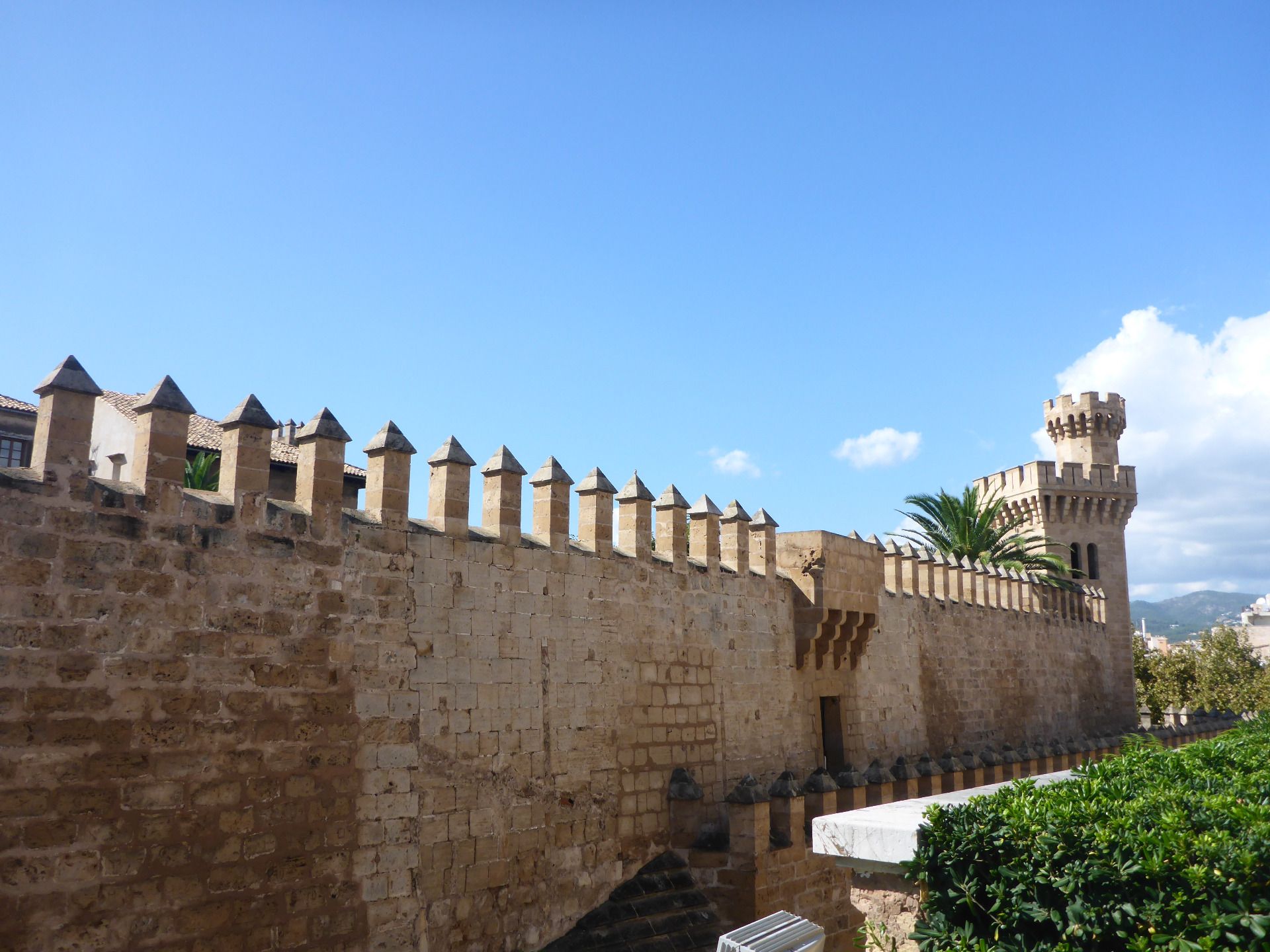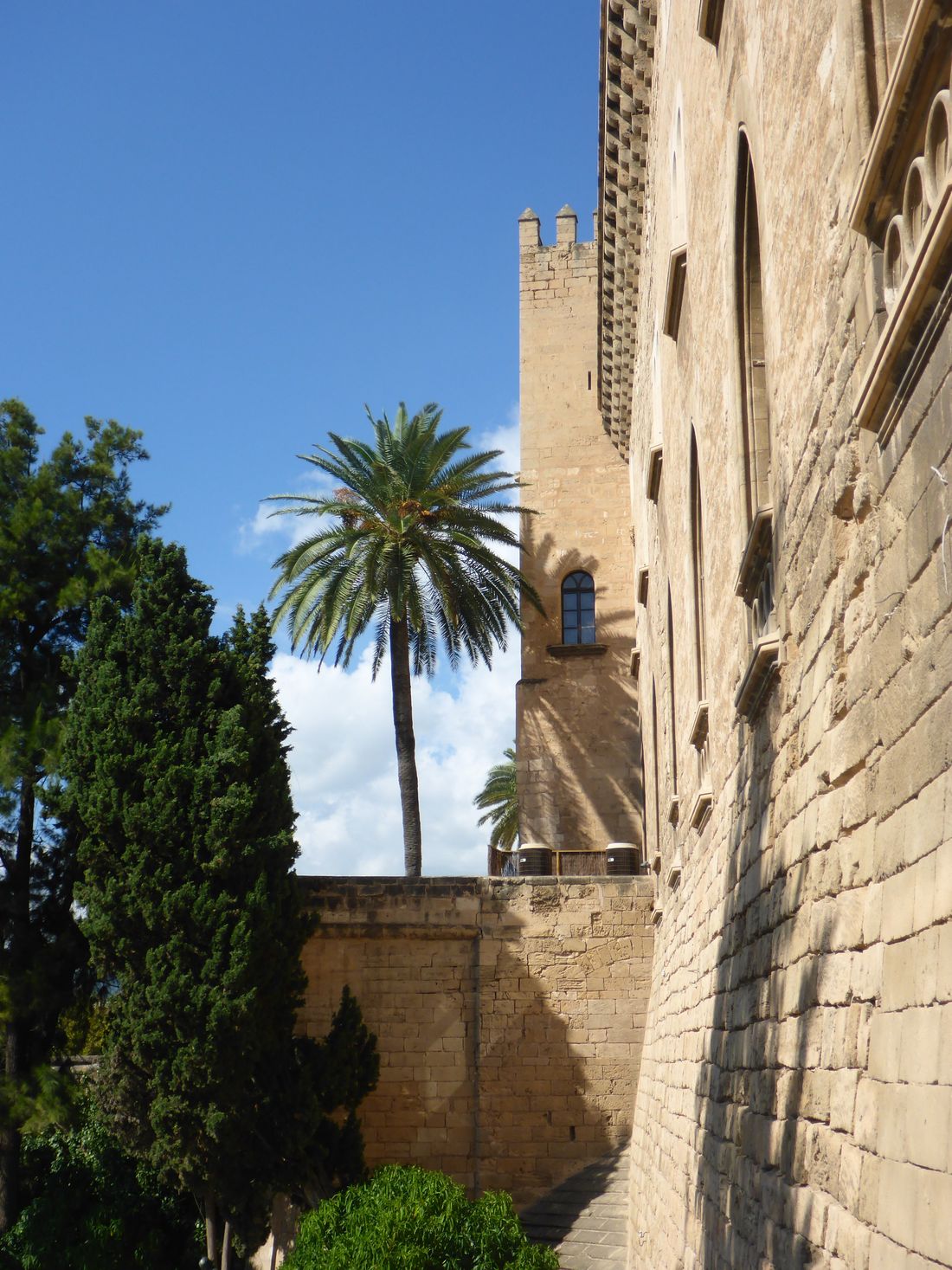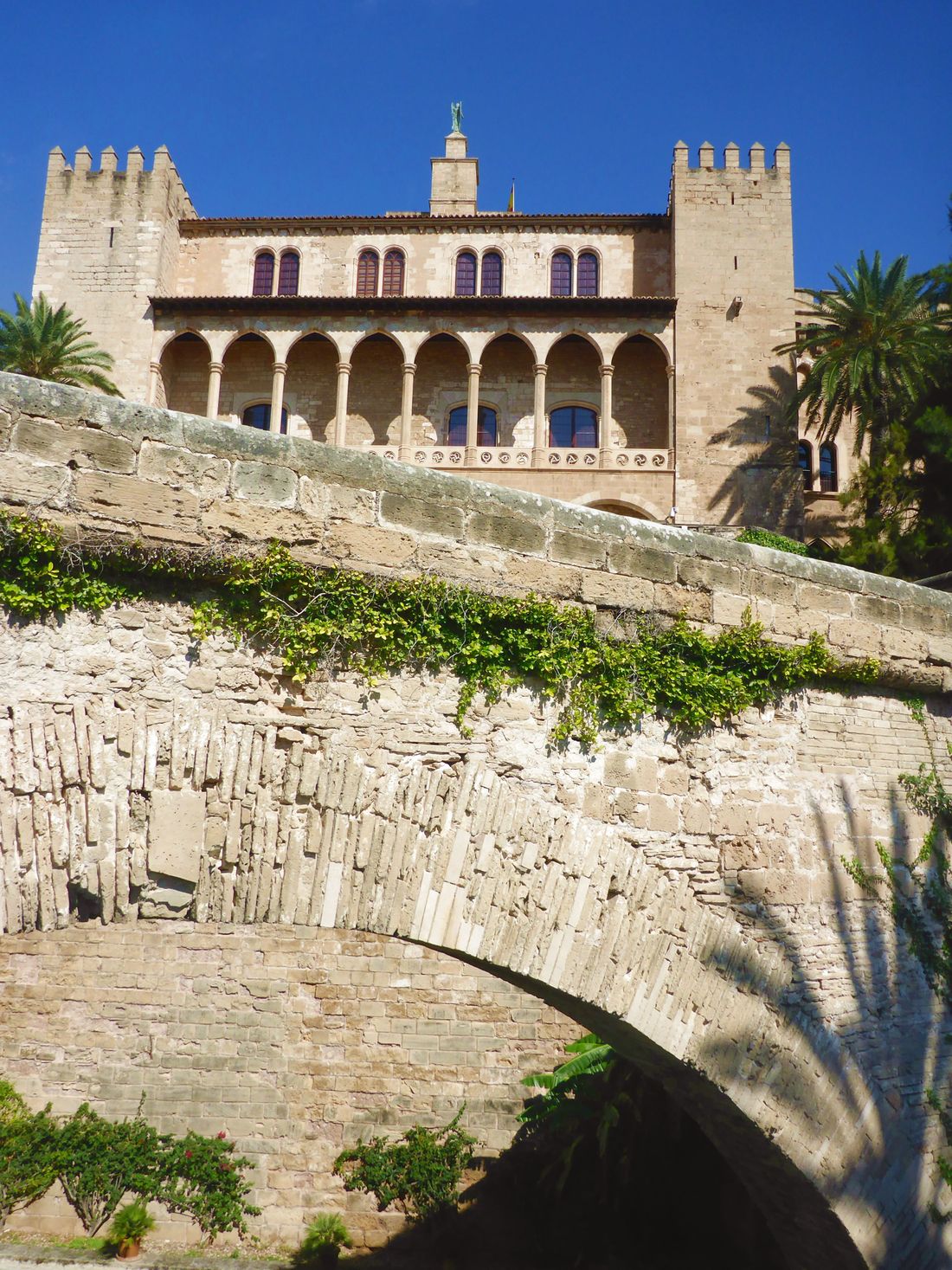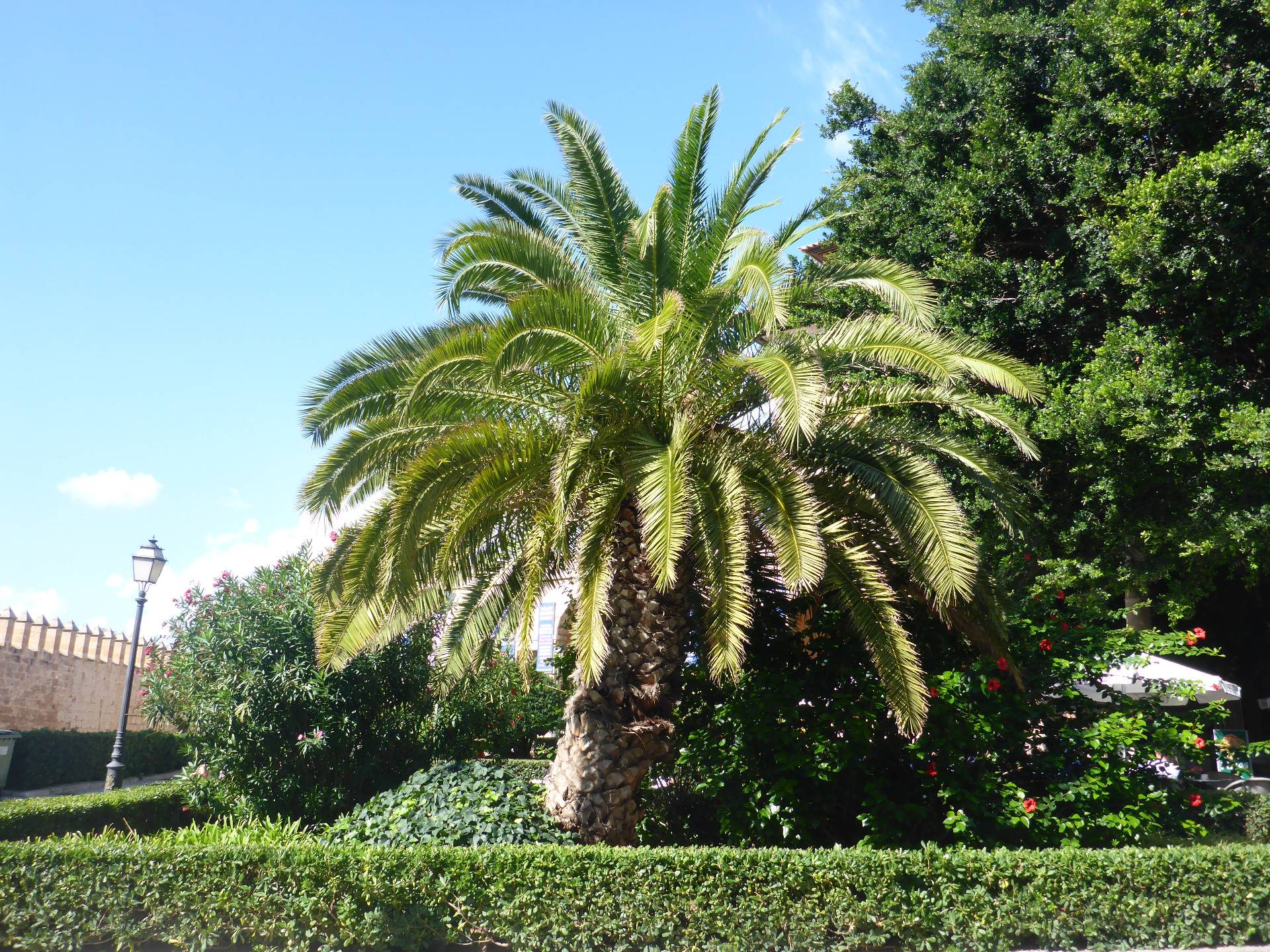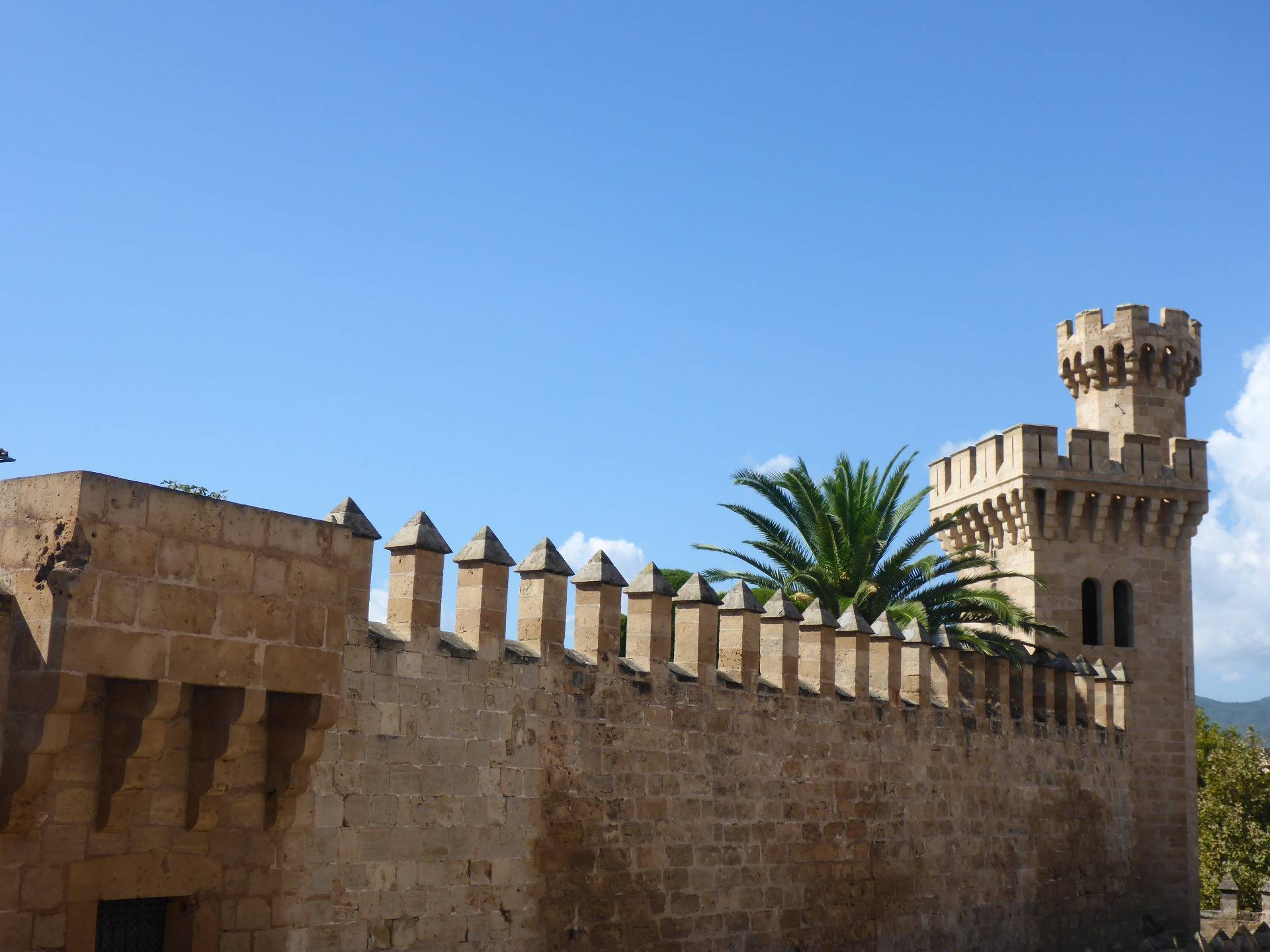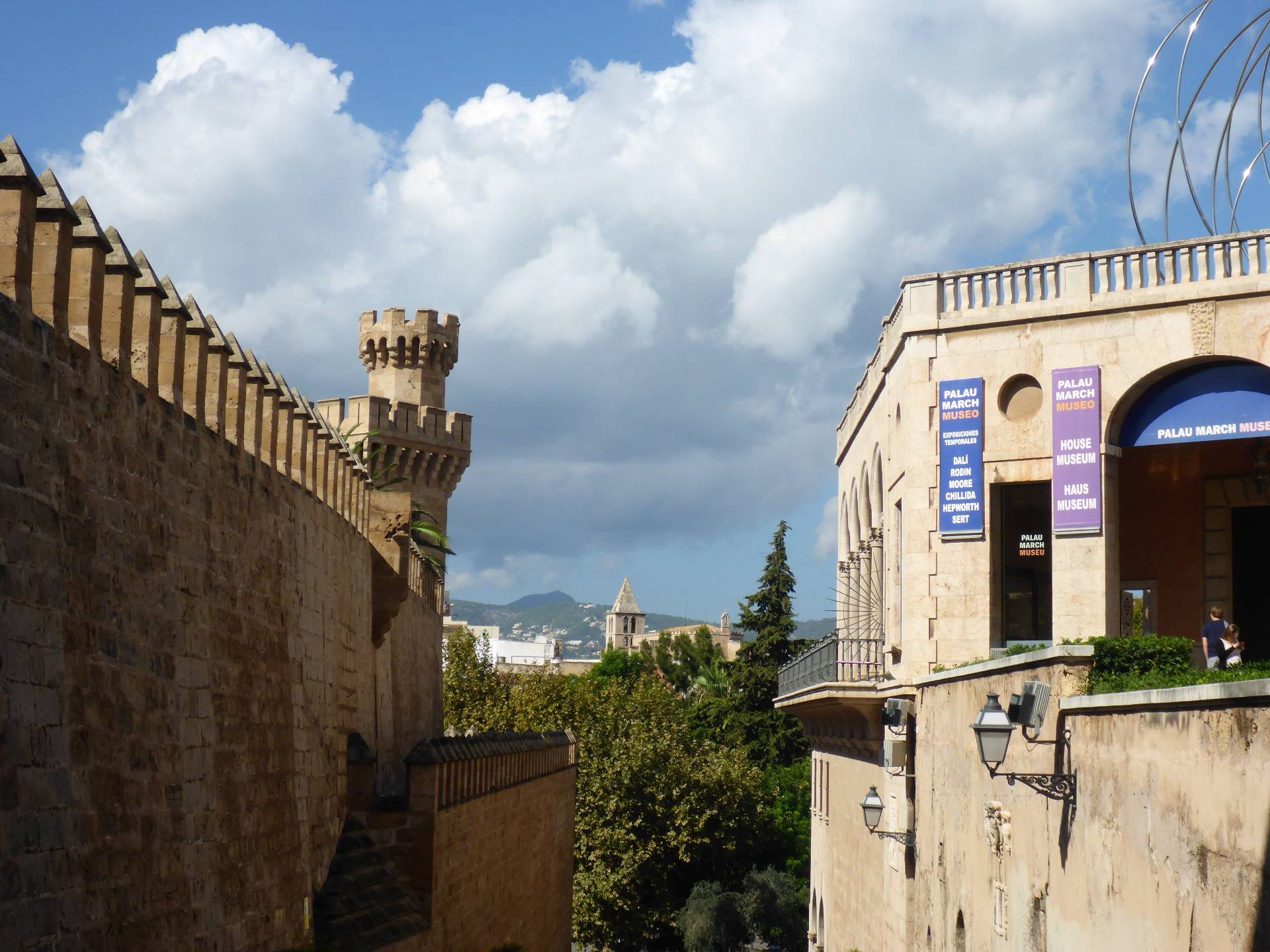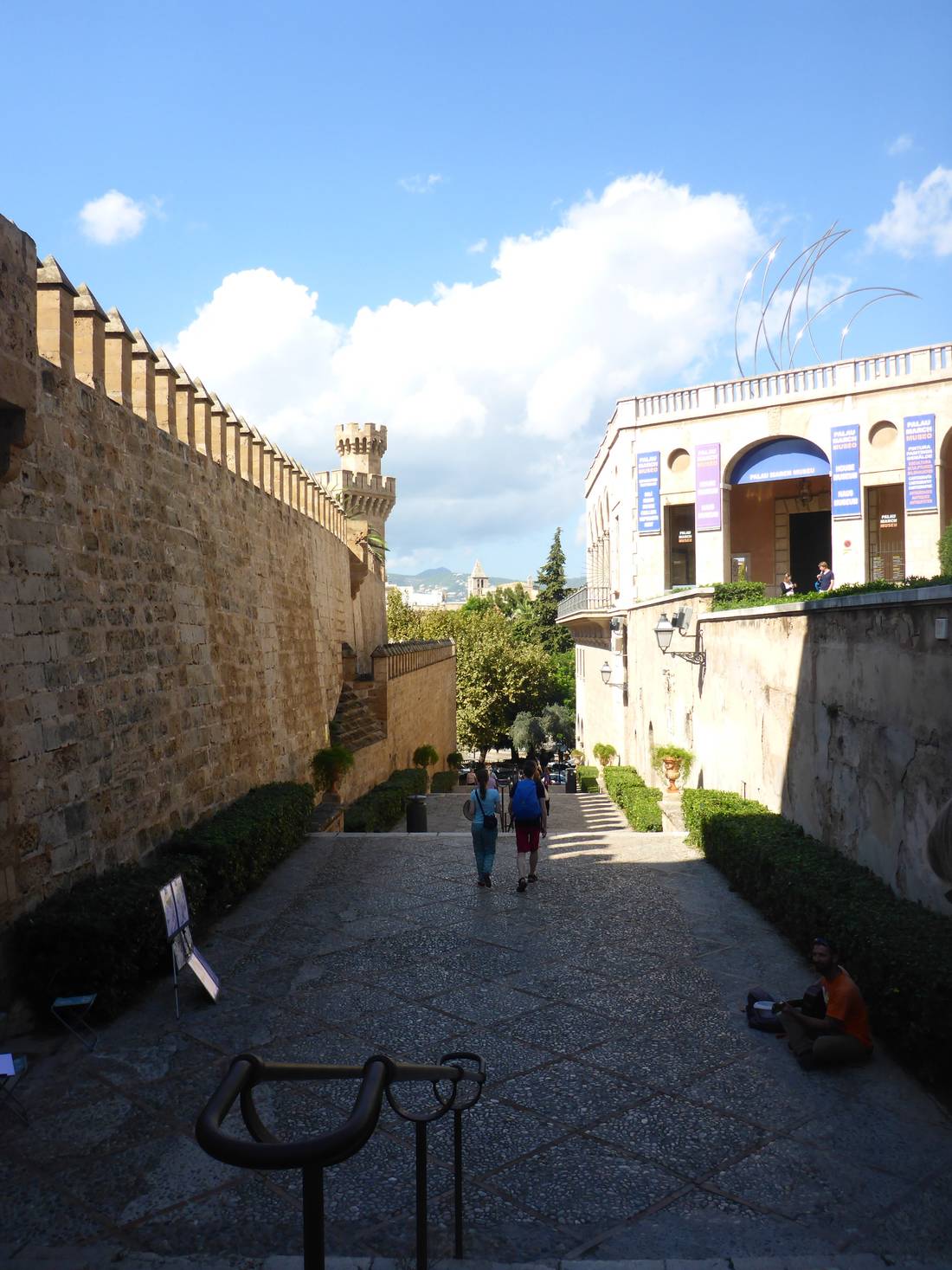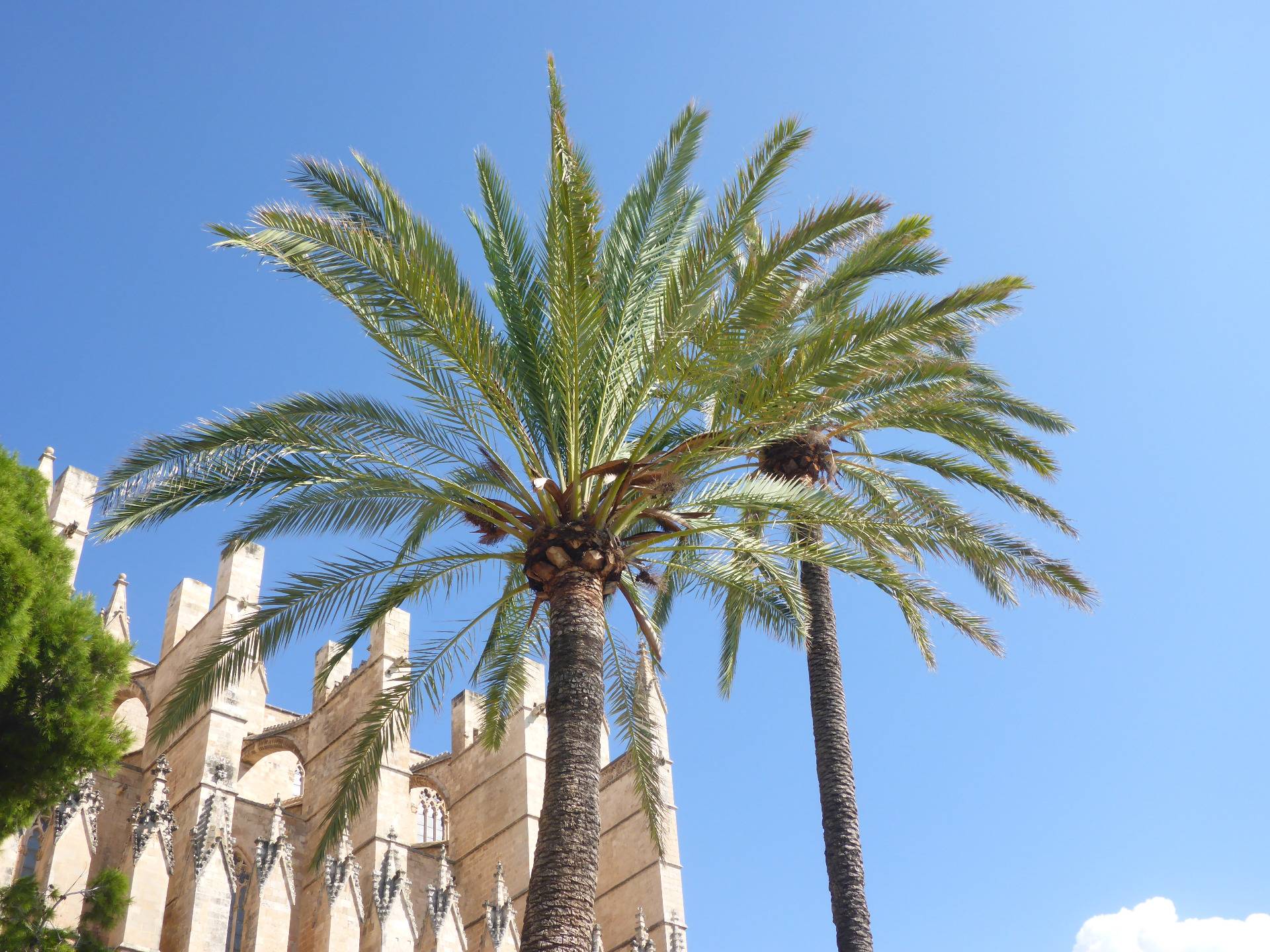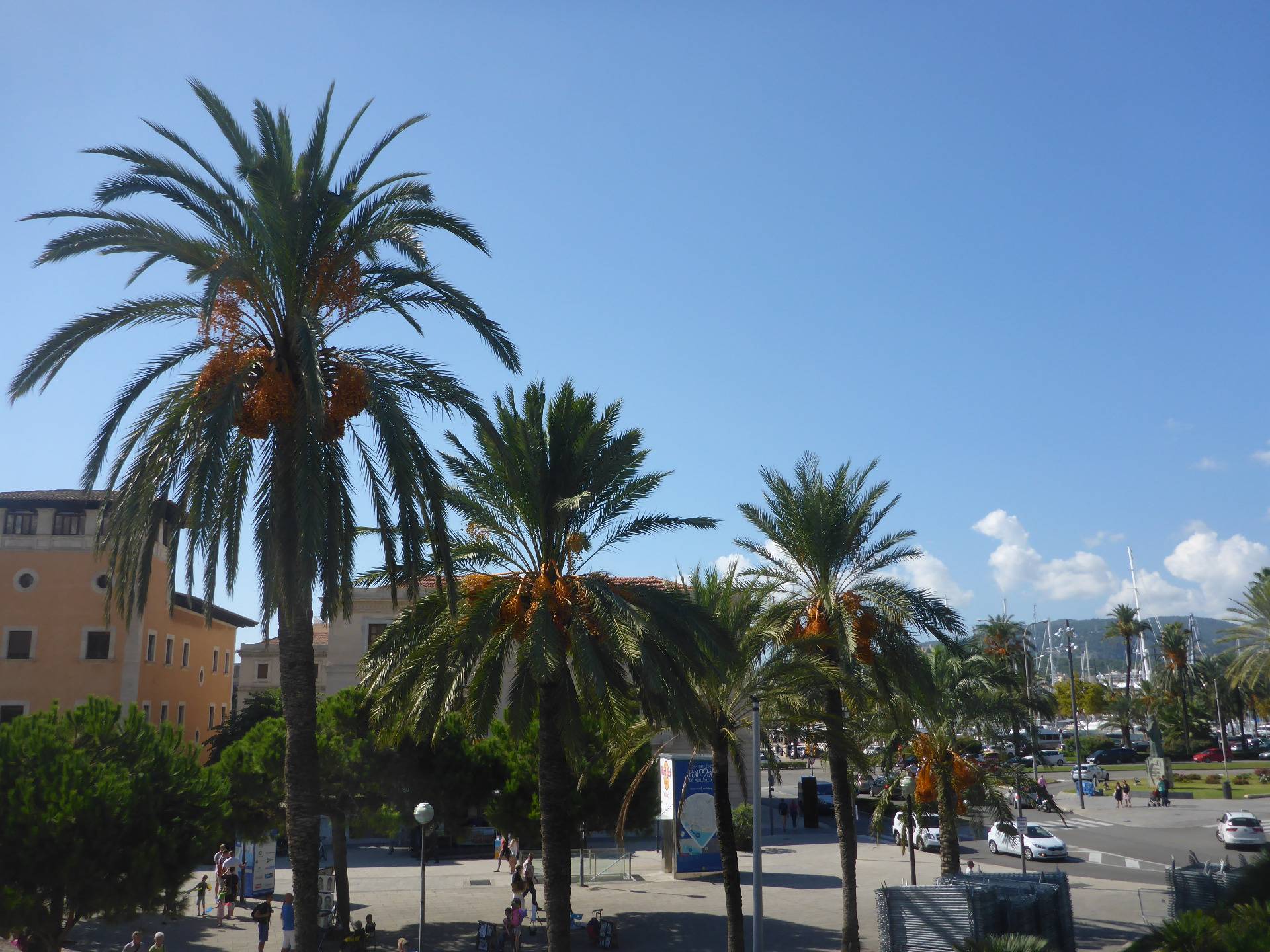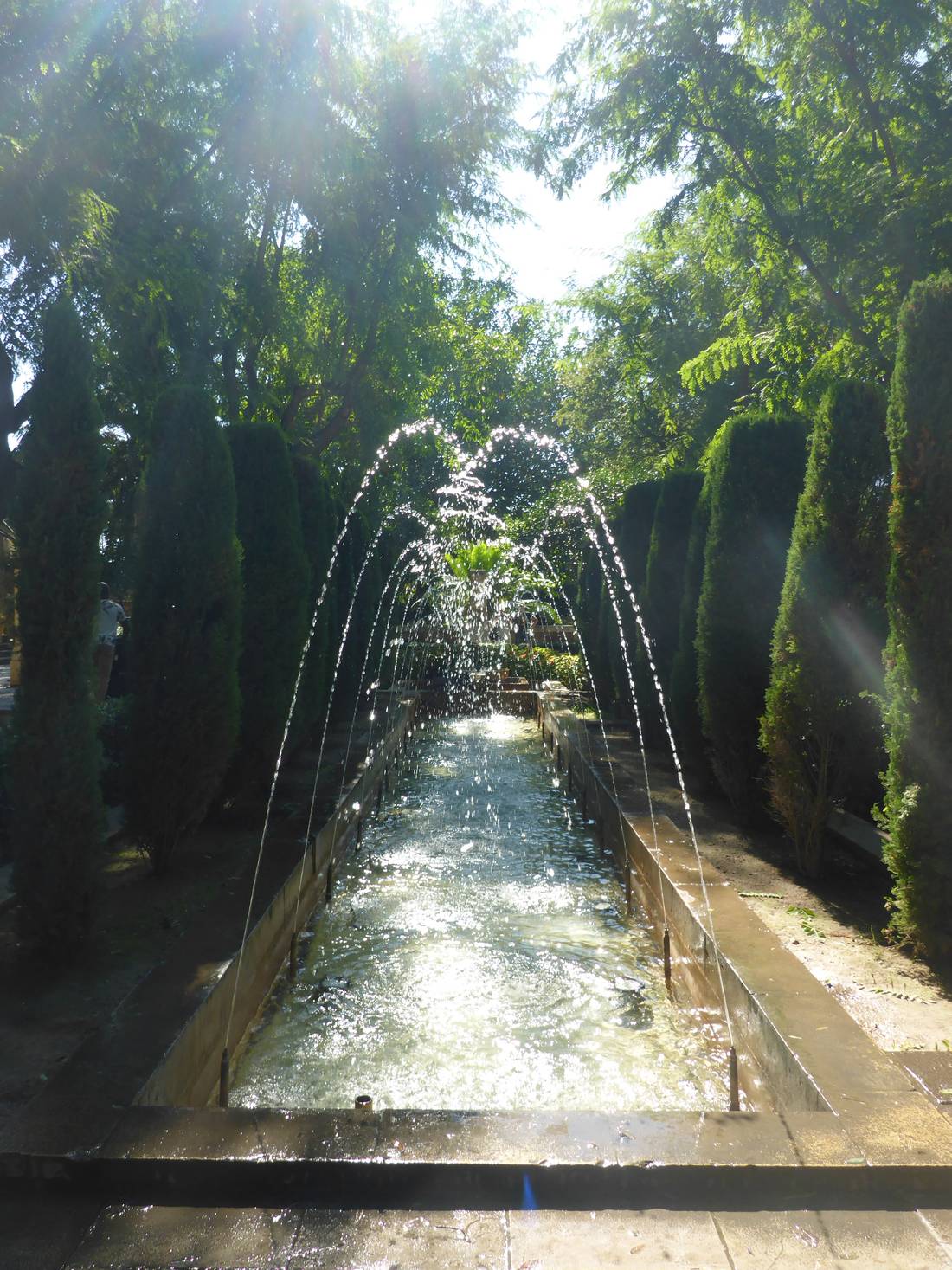Hey, guys,
I'm happy to tell you today about one of my last holidays in Mallorca... - I have to admit, that the holiday was a long time ago, because we don't belong to the group of holidaymakers who were let to Mallorca for testing purposes ;) Even though the holiday is now quite a while behind me, I thought I would tell you a little bit about it. Especially lately and because of Corona I like to look back on my travel time, do you?
So for my family and me we went to Mallorca - I am very happy to present you here the typical sunny holiday pictures from a trip to Mallorca ;) Fun aside. Today it is supposed to be about the royal palace La Amuldaina in Palma de Mallorca.
What we particularly liked about Palma de Mallorca: It has a lot of "old" sights to offer: Art Nouveau buildings, patios, churches, convents, a castle and of course the cathedral "La Seu". The cathedral is certainly not an insider tip. But the Almudaina Palace is less visited by tourists - so be sure to visit it if you already visit the cathedral! It's right opposite the cathedral!
The royal palace is very big and wide and catches straight into the eye, it appears moorish and is enthroned beside the emblem of Palma de Mallorcat. The Almudaina Palace is one of the top sightseeings of the city, but only few people know the history of this unique building: it presents the Muslim ruler time of the island.
The Palacio de Almudaina (Almudaina means citadel outside the city walls) is a former fortress of Arabic origin. At that time Mallorca was occupied by Moorish rulers from North Africa. The Moors ruled the island from 902 to 1229, and the island served them especially as a strategically important naval base. Especially interesting: Mallorca was an emirate in its own right, which lived from slave trade and piracy.
The occupation of the island also had an architectural impact on it: the Muslim rulers brought their architecture (ogival arches and courtyards), agriculture (terracing as in Banyalbufar, irrigation systems, lemon trees), spices (even today we still use saffron and raisins in our dishes) and typical urban planning (small streets, squares, richly decorated townhouses, bathhouses) to the area. Damti, today's capital Palma de Mallorca is still very much influenced by these times and for this very reason it attracts many tourists.
The emir had a palace and a mosque built: The most popular sights today are the royal palace and cathedral. At that time they were the seat of the ruler and the main mosque of Palma. Despite of many rebuildings, today, one can still recognize some original elements in the Almudaina Palace: For example, the windows of the main front to the sea are in the typical Arabian pointed arch style, the wooden ceilings are painted with Arabian patterns and a Palma stands in the inner courtyard to welcome strangers. Walking around the palma one is reminded very much of Arabic houses, a bit like in Marrakech ;)) The emir must have had a very nice view: on the beach, the sea, the harbour up to the castle Bellveder.
Today is the Almudaina Palace of the Spanish King, so some of you may know it. If the Spanish king is present, the Spanish flag is raised on the roof. Mainly political and festive events take place here.
A little tip: indeed, not everything, but parts of the Palacio de la Almudaina can be visited individually or within the scope of a guided tour. I was specially fascinated (I did not take any pictures, I am not sure why but I think it was not allowed) by the Flemish paintings and tapestries of the 17th century, the Saint Anna chapel of the 14th century. There was also a terrace a little further up with a great view.
Precisely because the Royal Palace reflects the history and the years of Moorish rule in Mallorca, the palace was one of the most exciting sights for me. We owe Palma's romantic old town with its alleyways and inner courtyards to the squatters from North Africa.
Ready to Blog & Earn?
With TravelFeed, easily start your own travel blog and earn as you go. It's the smart platform for travelers who want to profit from their passion. Create a free account
Small tip: on Wednesdays and Thursdays, the top sightseeings in Palma can be visited free of charge from 3 p.m. to 5 p.m.
Don't Forget: Get Travel Health Insurance!
To make your trip a worry-free experience, TravelFeed recommends SafetyWing Nomad Insurance. It provides comprehensive health coverage while you travel, so you can focus on exploring, not the unexpected. Get a quote here
I hope you enjoyed the Post and the many pictures and the little historical insight into the royal palace. Maybe I motivated you to have a look at it during your Mallorca trip ;)
Travel Resources for your trip to Spain
Recommended by TravelFeed
Flights: We recommend checking Kiwi.com to find the best and cheapest flights to Spain.
Accomodation: Explore the best places to stay in Spain on Booking.com, Agoda and Hostelworld.
Travel Insurance: Medical emergencies abroad can be pricey, but travel health insurance is not. We always use SafetyWing for affordable and reliable coverage.
Car Rental: For hassle-free car hiring, DiscoverCars is our trusted choice with a wide selection of vehicles.
Internet: Got an eSIM compatible phone? Airalo is perfect for reliable internet access during your trip. Just install it before you go, and you're set!
Day Trips & Tours: We recommend GetYourGuide for a variety of well-organized and enjoyable activities.
Travel Planner: Need a hand planning? Our free travel planner chatbot is your personal guide to Spain. Chat now.
Disclosure: Posts on TravelFeed may contain affiliate links. See affiliate disclosure.
